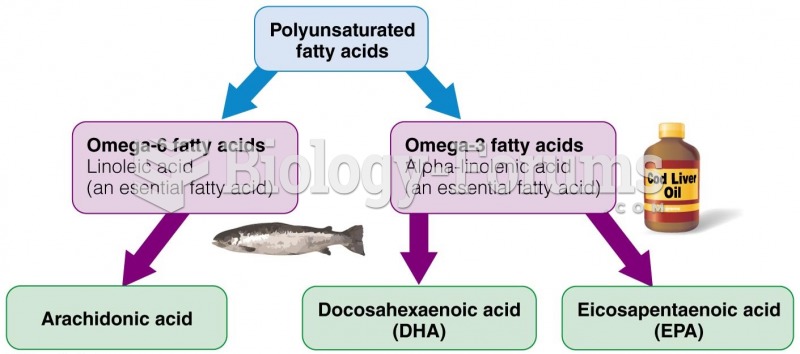|
|
|
Cytomegalovirus affects nearly the same amount of newborns every year as Down syndrome.
The newest statin drug, rosuvastatin, has been called a superstatin because it appears to reduce LDL cholesterol to a greater degree than the other approved statin drugs.
The Food and Drug Administration has approved Risperdal, an adult antipsychotic drug, for the symptomatic treatment of irritability in children and adolescents with autism. The approval is the first for the use of a drug to treat behaviors associated with autism in children. These behaviors are included under the general heading of irritability and include aggression, deliberate self-injury, and temper tantrums.
The B-complex vitamins and vitamin C are not stored in the body and must be replaced each day.
More than 30% of American adults, and about 12% of children utilize health care approaches that were developed outside of conventional medicine.







